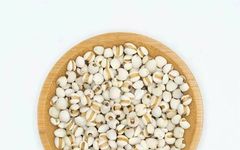
Coix seed (Yi Yi Ren) is a well-known medicinal food in Traditional Chinese Medicine (TCM), praised for its rich nutritional value and referred to as the “king of cereal health supplements.” It is commonly used in daily life, often made into a porridge suitable for all ages, and has now become an important ingredient in many Chinese-style milk teas, such as pandan coix seed water and red bean coix seed milk tea, which are favored by many young people.
Next, let’s explore this delicious food, “Coix Seed”!
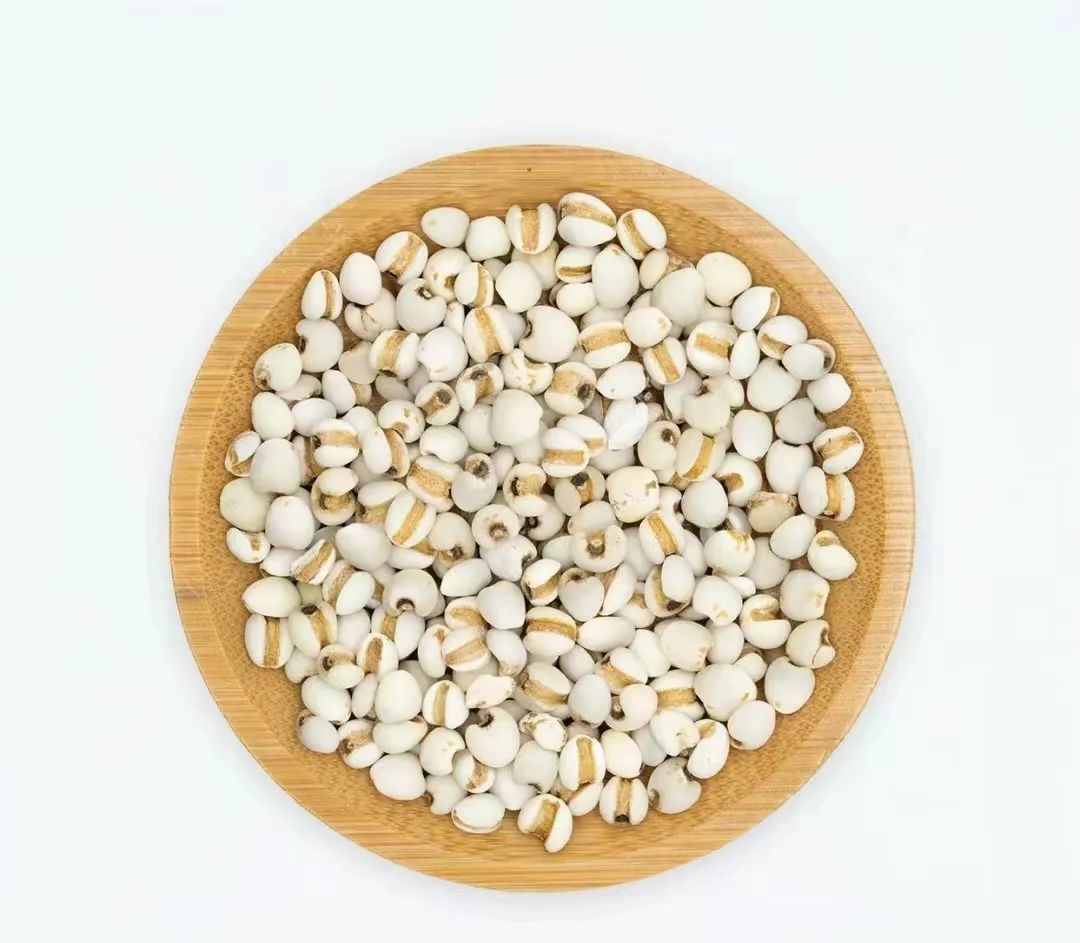
Coix seed (Yi Yi Ren), also known as Yi Mi, Yi Ren Mi, and Gou Zi Mi, is one of the earliest cultivated plants in the grass family in China. Coix seeds have been found in archaeological sites such as the Hemudu site in Yuyao, Zhejiang, with a cultivation history of at least 6000 years. Due to its long cultivation history, wide geographical distribution, and ease of hybridization, there are many variations in cultivated varieties. Additionally, the numerous alternative names recorded in ancient texts greatly increase the difficulty of identification, inevitably causing confusion in clinical applications.
Currently, the most common confusion in Coix seeds is with the grass beads (Cao Zhu Zi), which belong to the same family. The mixing of these two has a long history. For example, the Ming Dynasty’s Ben Cao Meng Quan states: “Coix seed… the leaves are drooping, the flowers are light yellow, and the seeds are called Yi Zhu. Children often wear them for play. Physicians use them, pounding the shell to obtain the seed.” The Compendium of Materia Medica records: “Coix is widely cultivated. It self-grows in the second or third month. The leaves resemble newly sprouted bamboo. In May and June, it sprouts, flowers, and bears fruit. There are two types: one is sticky and thin-shelled, which is Coix; its seeds are white like glutinous rice and can be made into porridge or ground into flour for food, and can also be brewed into wine. The other is round and has a thick, hard shell, which is the Bodhi seed. Its seeds are few, resembling japonica rice. However, it can be strung into prayer beads, hence it is also called prayer beads. Its root is white, large like a spoon handle, and sweet in taste.” Therefore, how to distinguish between Coix seed and grass beads is particularly important.

Source
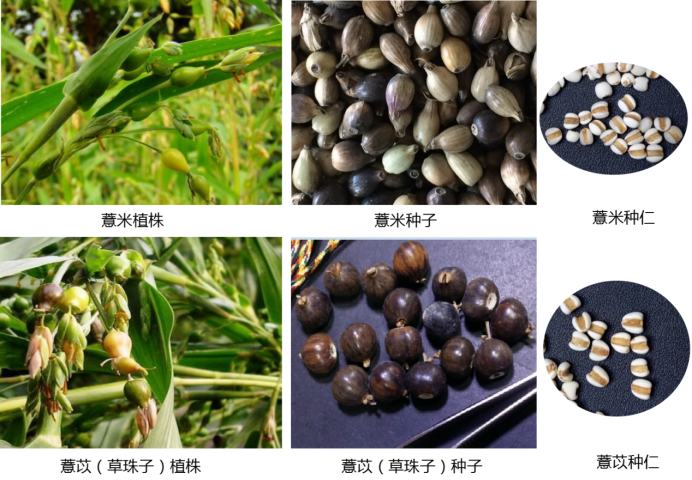
Coix Seed (Yi Yi Ren): According to the 2020 edition of the Chinese Pharmacopoeia, Coix seed is the dried mature seed of the plant Coix lacryma-jobi L. var. ma-yuen (Roman.) Stapf. In the 2015 edition of the Chinese Pharmacopoeia, Coix seed is also the dried mature seed of the plant Coix lacryma-jobi (L. var. ma-yuen (Roman.) Stapf). A comparison shows that the Latin name of the original plant has not changed, but the Chinese name has been changed to Coix, according to the Flora of China, indicating the complexity of its origin, which explains why the public often misnames it.
Coix (Coix lacryma-jobi L.) is a robust annual herb in the grass family, also known as grass beads (Cao Zhu Zi), whose seeds are used for making prayer beads and are generally inedible and not used in medicine.

Origin
Traditional Chinese medicinal Coix seeds are all sourced from cultivated varieties. Domestic Coix seeds are mainly produced in Guizhou (Xingren, Xingyi, Anlong, Puan, Qinglong, and Panzhou), Fujian (Pucheng, Ninghua, Xianyou, and Longyan), Yunnan (Menglian and Lancang), Hebei (Anguo), Hunan (Guidong and Rucheng), etc.; imported Coix seeds are mainly produced in Laos, Myanmar, Thailand, and Vietnam.
Grass beads are mainly produced in the southwestern and southern regions of China.

Effects
Coix seed (Yi Yi Ren) is used in medicine, with a sweet and bland taste, and a cool nature. It enters the spleen, stomach, and lung meridians. It has the effects of promoting diuresis and draining dampness, strengthening the spleen and stopping diarrhea, dispelling wind, expelling pus, detoxifying, and dissipating nodules. It is used for edema, beriberi, difficult urination, spleen deficiency diarrhea, dampness obstructing the channels, lung abscess, intestinal abscess, warts, and cancerous tumors.
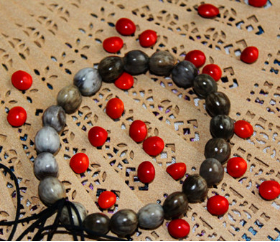
Grass beads cannot be used in medicine, and are generally used to make bracelets, curtains, etc., for decorative purposes.

Identification Points
1. High-quality Coix seeds have a milky white surface, are smooth, complete, and have few broken pieces, with a grain-like aroma; if the surface is semi-transparent or oily and has a “rancid oil smell,” it is low-quality Coix seed and not recommended for purchase.
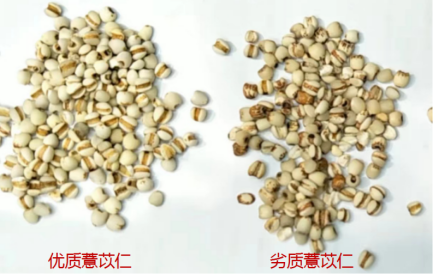
2. Coix seeds and grass beads look very similar, and can be distinguished by the following points:
(1) Coix seeds are wide oval or long oval in shape, measuring 4-8mm in length and 3-6mm in width; grass beads are wide oval, with their width and length being roughly equal.
(2) Both Coix seeds and grass beads have a longitudinal groove on the ventral side, but the groove of the grass bead is wider than that of the Coix seed.

(3) The bottom of Coix seeds is oval and generally difficult to stand on a flat surface; the bottom of grass beads is generally flat, making them easier to stand on a flat surface.
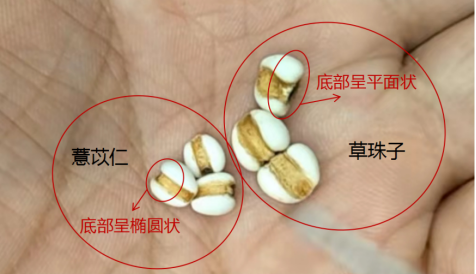
In summary, if you want to purchase Coix seeds, it is recommended to buy them from a pharmacy. If you are buying from a supermarket or farmers’ market, be sure to be vigilant, as grass beads and Coix seeds look too similar.
Additionally, while Coix seeds are beneficial, they are not suitable for everyone. People with a cold and deficient constitution, poor gastrointestinal health, and pregnant women should avoid consuming them. Please be cautious!

WeChat ID|Yizheng TCM
Official Website|Yizheng TCM Hospital

